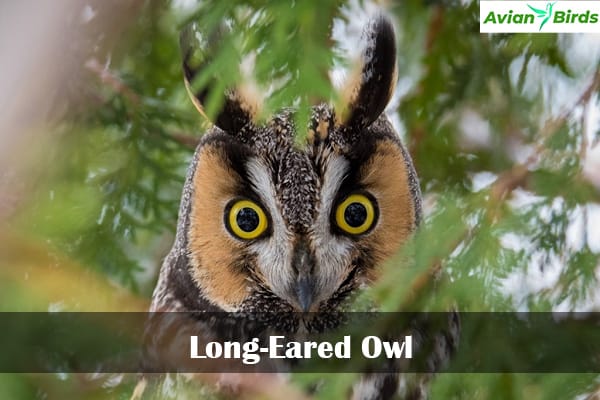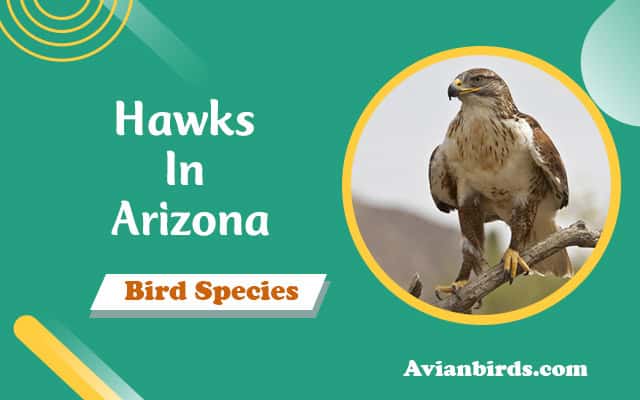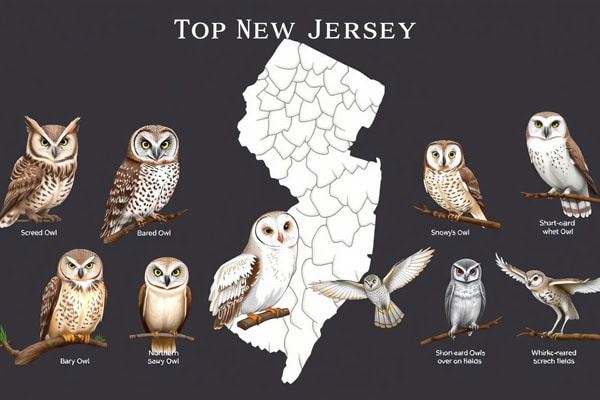Long-Eared Owl (Asio otus): Species Profile
The Long-Eared Owl, scientifically known as Asio otus, is a fascinating species that captivates bird enthusiasts and researchers alike. This article delves into the nuances of identifying these majestic owls and explores their unique behaviors in the wild. Whether you’re a novice birdwatcher or a seasoned ornithologist, understanding the Long-Eared Owl enriches your appreciation of avian diversity.
Introduction to the Long-Eared Owl
The Long-Eared Owl, also known as Asio otus, is a medium-sized owl found across various regions worldwide. Named for its prominent ear tufts, this species inhabits diverse habitats ranging from coniferous forests to open grasslands. Recognizable by its streaked plumage and piercing yellow eyes, the Long-Eared Owl remains a subject of intrigue for bird watchers and scientists alike.
Similar Species: How to Differentiate?
Among owls, the Long-Eared Owl shares its habitat with several similar-looking species, such as the Short-Eared Owl and the Great Horned Owl. Distinguishing features include the length of their ear tufts, which are longer in the Long-Eared Owl compared to its counterparts. Understanding these distinctions is crucial for accurate bird identification in the field.

Habitat Preferences and Distribution
Long-eared owls prefer nesting and roosting in dense conifer groves or thickets, providing them with adequate cover during the day. They are commonly found across North America, Europe, and parts of Asia, with specific populations adapting to local conditions such as open grasslands or mountainous regions.
Nesting and Roosting
During the breeding season, Long-Eared Owls select nest sites within dense foliage, often reusing abandoned nests from other birds. They are strictly nocturnal, hunting prey in complete darkness using their acute hearing and silent flight to capture small mammals like voles and shrews.
Diet and Feeding Habits
The diet of Long-Eared Owls primarily consists of small mammals and occasionally small birds. They hunt by sound, swooping down silently to catch prey with precision. Their ability to adapt their hunting strategies to different environments contributes to their success as nocturnal predators.
Read Our Previous Articles
Breeding Season and Reproduction
Breeding typically occurs in early spring, with males engaging in elaborate courtship displays to attract females. Long-eared owl nesting pairs remain monogamous for the breeding season, with females laying clutches of eggs in carefully chosen nest baskets or stick nests located high in trees or dense vegetation.
Conservation Status and Threats
While not currently considered globally threatened, certain populations of Long-Eared Owls face habitat loss and disturbance from human activities. Conservation efforts focus on preserving their nesting habitats and raising awareness about the importance of these birds within their ecosystems.
Human Interaction and Research Efforts
Research into the behavior and ecology of Long-Eared Owls continues to expand our understanding of their role in the environment. Organizations like Cornell Ornithology Lab conduct studies on migration patterns, nesting behaviors, and the impact of climate change on owl populations.

Interesting Facts and Myths
Long-eared owls are often associated with myths and folklore across different cultures, portraying them as symbols of wisdom or omens of ill fortune. Their adaptation to various habitats and unique parenting behaviors make them subjects of scientific curiosity and cultural fascination alike.
Conclusion
Studying the Long-Eared Owl enriches our understanding of avian diversity and ecosystem health. By appreciating their unique adaptations and conservation needs, we can contribute to their preservation and ensure future generations can enjoy the presence of these remarkable birds.







